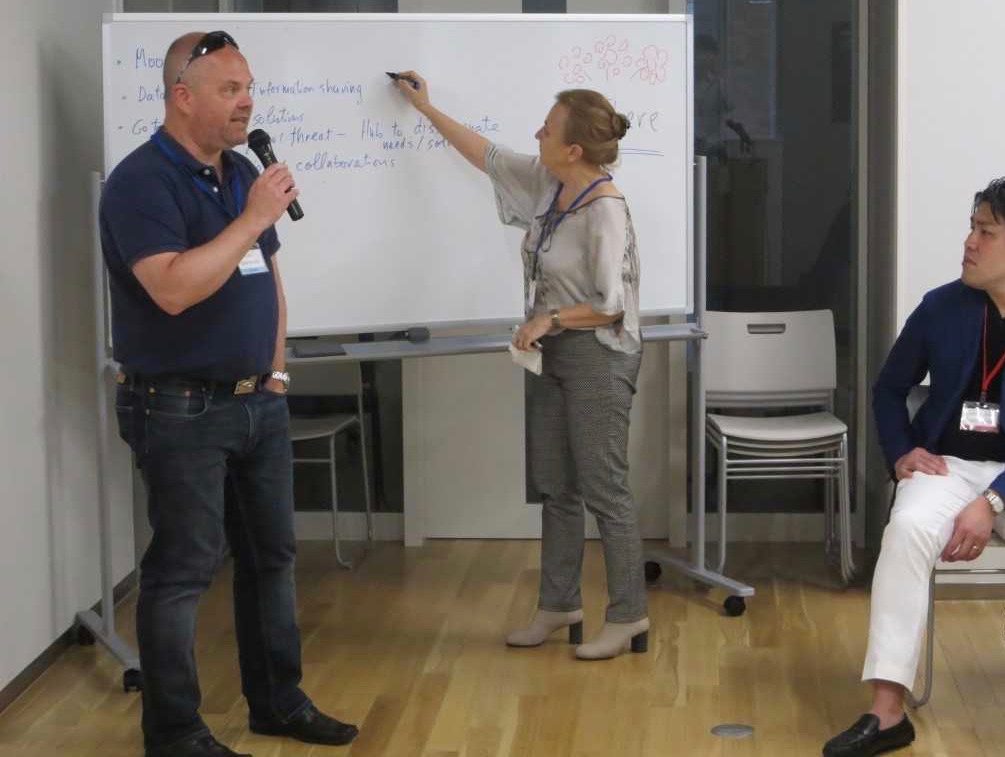SPARK featured in SCOPE, a Stanford Medicine Blog

At international meeting, SPARK sets sights on global health threats
After her team developed a compound with the potential to reduce the effects of heart attacks, Daria Mochly-Rosen, PhD, a professor of chemical and systems biology at Stanford, wanted to get it into the hands of patients right away. Yet she needed a pharmaceutical company partner and that, she learned, wasn’t so easy to come by.
Following her positive experience founding a biopharma company, she launched a program called SPARK to make it easier for researchers like her to shepherd their laboratory discoveries into clinical therapies. Now in its 11th year, the SPARK program recently held its third international meeting (called SPARK Global) in Tokyo. The mood was upbeat and the attendees, who included leaders from many of the 40 institutions spanning six continents with SPARK programs, dove into two days of hard work, Mochly-Rosen told me.
Among the accomplishments at the global meeting was the launch of a “moonshot” initiative called Imagine. The team is still winnowing down proposals for the focus of the first moonshot, Mochly-Rosen said, but its idea is simple: “We will tackle global challenges and threats. All of us together can do much more than each of us alone can do.”
This isn’t SPARK’s first foray into global problem solving: the program connected vaccine researchers at Stanford with those in Brazil to combat the Zika virus, she explained.
The Tokyo meeting also highlighted SPARK Global’s growth. What started as a program at Stanford to help researchers identify experiments to confirm their original observations, carry out proof of concept studies, design development paths for the drug and set up small clinical studies has now spawned programs across the world.
“We are now big enough, so need to think about the organizational goals and global challenges and solutions,” Mochly-Rosen said.
SPARK at Stanford holds a 60 percent success rate, meaning that 60 percent of the ideas advance to licensing and/or clinical trial, she explained.
“Our overarching goal is to create this network of scientists and clinical researchers ‘without borders’ who are interested in addressing unmet needs without regard to economic outcome,” Mochly-Rosen said. “Our overall goal is patients, patients, patients.”
Photo courtesy of SPARK Tokyo
Original blog by Becky Bach, Stanford Medicine SCOPE